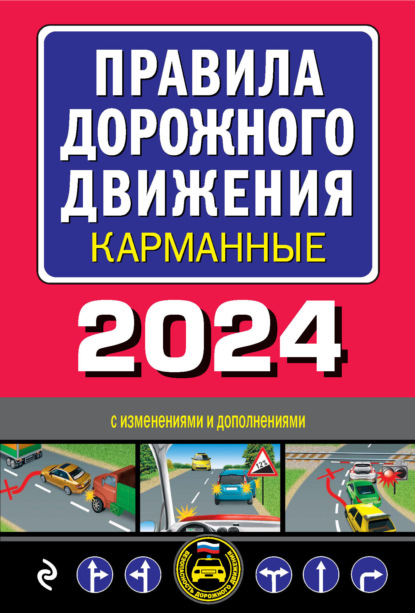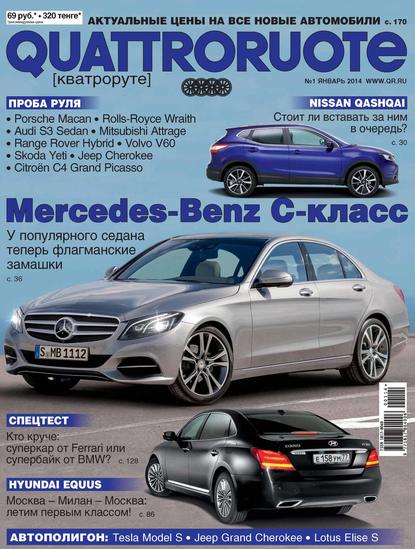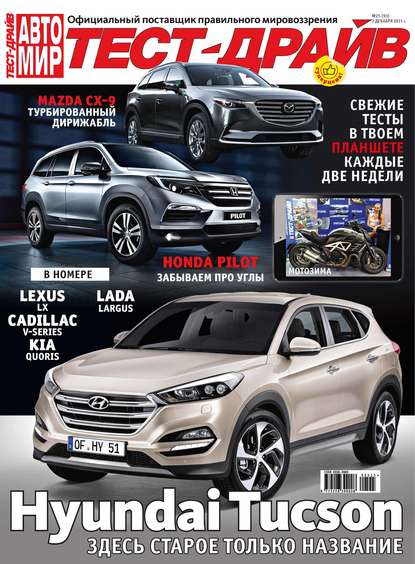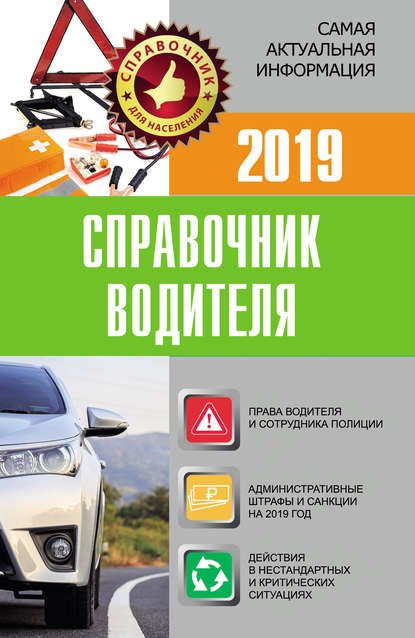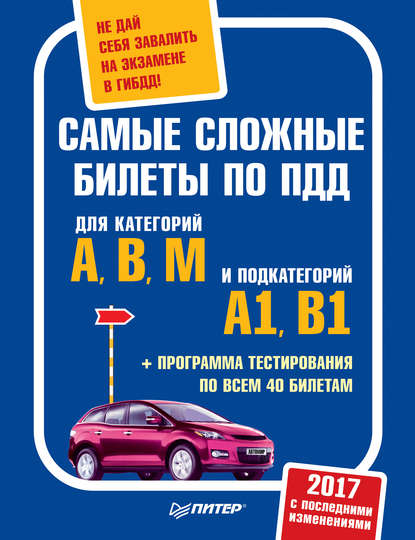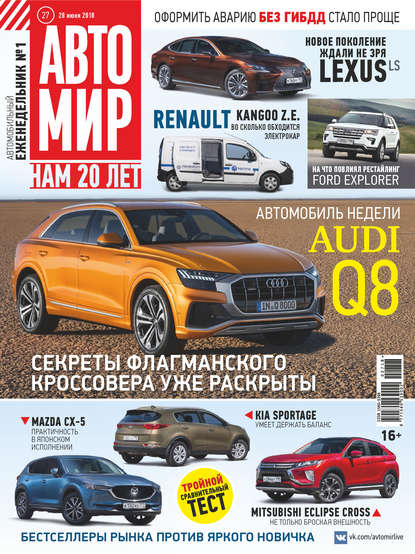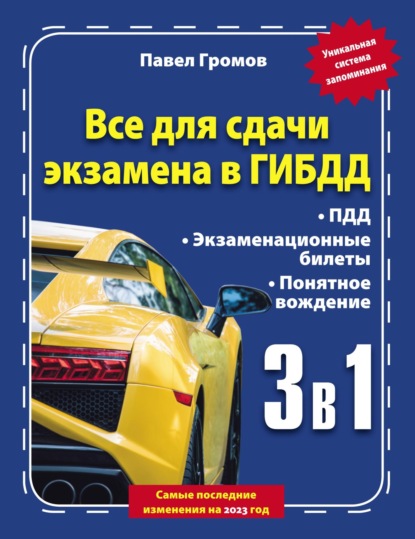Книга "Введение в устойчивые транспортные системы" рассматривает вопросы, связанные с обеспечением мобильности людей и товаров на всех уровнях - от местного до глобального. Авторы книги рассматривают вопросы, связанные с энергопотреблением, выбросами вредных веществ и шумом, а также обеспечением безопасности, качества обслуживания, умности и длительного срока службы системы. Все эти вопросы рассматриваются в рамках системного подхода, который может способствовать разработке устойчивых решений как для отдельных транспортных средств, так и для транспортных систем в целом. Эти решения основаны на интеграции физических объектов, услуг и организационных процессов, которые включают в себя нескольких участников. Их гармоничная организация способствует развитию более добродетельных транспортных систем для будущей городской и междугородней мобильности. Книга основана на сочетании социальных и естественных наук и предлагает читателям принять системный подход к разработке устойчивых транспортных решений.
The aim of this book is to provide an introduction to issues and methods related to sustainable transport. It offers readers insights into challenges related to energy use, air pollution and noise generated by transportation and suggests steps that could be undertaken to address these challenges. Here, we attempt to develop a unifying framework that couples the physical, social, institutional, and economic aspects of transportation, with a holistic perspective and surveying various planning scenarios.
Электронная Книга «Introduction to Sustainable Transports» написана автором Bernard Favre в году.
Минимальный возраст читателя: 0
Язык: Английский
ISBN: 9781118649091
Описание книги от Bernard Favre
Transport systems have to meet the mobility needs of people and commodities on all scales, from the local to the global level. Concerns about the energy, fumes and sound emissions produced, and about the safety, service quality, intelligence and lifecycle of the systems, etc. can all be included in a systemic approach. This approach can contribute to the development of sustainable solutions, for individual vehicles as well as for transport systems. Derived from an approach combining the social and physical sciences, these solutions result from the integration of physical objects, services and organizational processes, which involve several actors. Their harmonious organization contributes to the development of more virtuous transport systems for the future of urban and inter-urban mobility.



